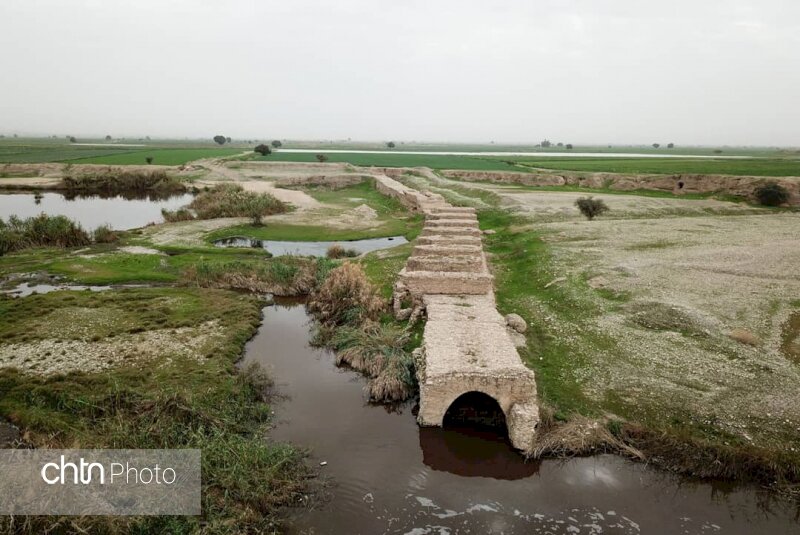Jundi Shapur, one of birthplaces of knowledge and wisdom, undergoes restoration

TEHRAN – A new round of restoration work has been commenced on the ancient Jundi Shapur University in the southwestern Iranian city of Dezful.
The project involves repairing and strengthening the damaged parts of the historical site including walls, floors, and its foundation using cob materials, the director of the historical site, Yaqub Zaleqi announced on Saturday.
Water structures, historical bridges, the tomb of Yaqub Layth Saffari, and the surrounding area of the excavation trench, all situated inside the historical site, have also undergone some rehabilitation works, the official added.
A budget of three billion rials ($71,400 at the official exchange rate of 42,000 rials per dollar) has been allocated to the project, he noted.
Last August the official announced that a documentation project is being carried out on the ancient site to demarcate the historical area to prevent possible damage from agricultural activities as well as provide necessary infrastructures for future projects on the site.
Jundi Shapur, also spelled as Gundi Shapur, was one of the world’s birthplaces of knowledge and wisdom, which is a source of national pride and enthusiasm for Iranians.
The city was the intellectual center of the Sassanid Empire (224–651) and the home of the Academy of Jundi Shapur University, which offered education and training in medicine, philosophy, theology, and science.
The university was home to a teaching hospital, and also comprised a library and a center of higher learning. It has been identified with extensive ruins south of Shahabad, a village 14 km south-east of Dezful, to the road for Shush, in the present-day province of Khuzestan.
The town fell into decline after the Muslim conquest of Persia (633–654), the city surrendering in 638, however, it continued to remain an important center in the Muslim period. Yaqub Layth Saffari, the founder of the Saffarid dynasty, made Jundi Shapur his residence three years before his sudden death. His tomb became one of the most prominent sites in the city.
ABU/AFM

Leave a Comment